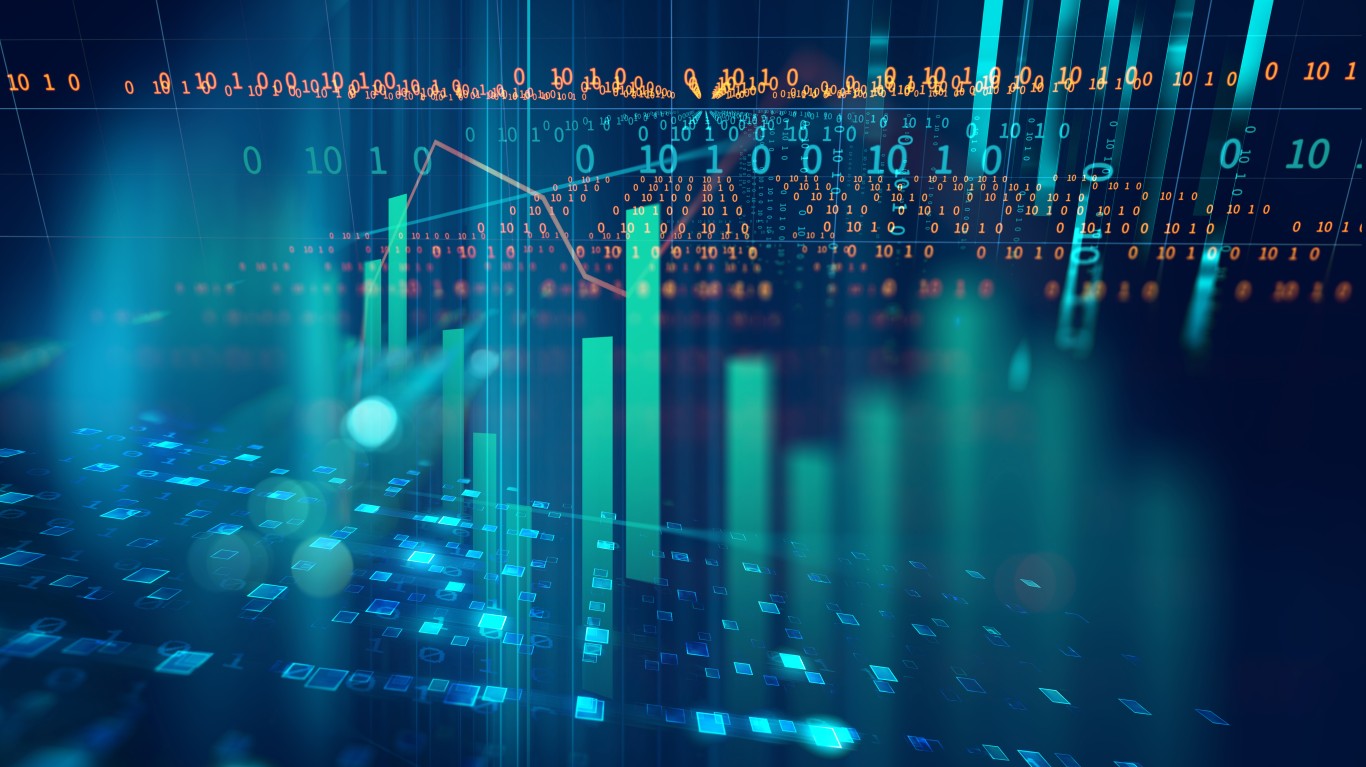Amazon.com Inc. (NASDAQ: AMZN) may finally be on the verge of changing its method of acting like a non-profit entity. With margins running at close to zero, or sometimes negative, now it seems as though the prized service Amazon prime is on the verge of seeing a price hike.
On Wednesday came word of two different tales of caution from Wall Street. Both cases involved Amazon potentially increasing the price of the Prime service. Argus maintained a Hold rating, but UBS actually went as far as downgrading Amazon’s stock rating – down to Neutral from Buy, and with a price target lowered to $375 from $450.
Argus suggested that this issue on a potential Prime price hike was the biggest story coming out of the quarterly report. CFO Tom Szkutak suggested that Amazon might raise its annual Prime membership fee, interpreted as $20 to $40 higher from the current $79 fee. Argus said,
“We think that Mr. Szkutak’s statement was met with some alarm. While we understand that $79 may have initially been an arbitrary number, we believe that Amazon has done or will do some data mining to measure the impact of a price increase on membership rates. The avowed reason for the price increase was the increase in shipping costs along with the increased usage of the free delivery service with Prime’s increasing member base.”
The UBS downgrade was because of Amazon’s recent quarterly results. A survey was conducted, signaling that fewer Amazon Prime subscribers would be willing to renew their memberships if $79 annual price for Prime is raised.
The question to ask is what subscribers really will pay on top of this $79 fee. The service fee is too low when you consider how it allows for access to the Prime video streaming service and free two-day shipping on most items. Amazon certainly loses money on this feature with many of its subscribers.
24/7 Wall St. believes that Amazon is now going to, after about three years, be demanded by new investors to start showing at least some margins. Existing investors may not care, but new investors are likely to not pay up this much for something that they will not likely see a dividend on for a decade. Also, how fair is it for a company to operate at no significant profitability yet still aim to crush existing brick-and-mortar retail (and some wholesale) models?
After the UBS downgrade, Amazon shares were down 3.8% to $348.00 in mid-Wednesday trading. The 52-week range is $245.75 to $408.06. That all-time high share price was just back on January 22, making for a drop just shy of 15% since then.
Maybe it will take another 15% drop for Jeff Bezos to understand that trying to operate on no margins out to 2016 or 2020 to gain market share by crushing competitors is not exactly a fair model. Keep in mind that Amazon still traded at close to 100-times expected 2015 earnings before this last drop, and that was still closer to 200-times expected earnings for 2014. A 15% price drop doesn’t exactly equate to being a value stock.
Thank you for reading! Have some feedback for us?
Contact the 24/7 Wall St. editorial team.





